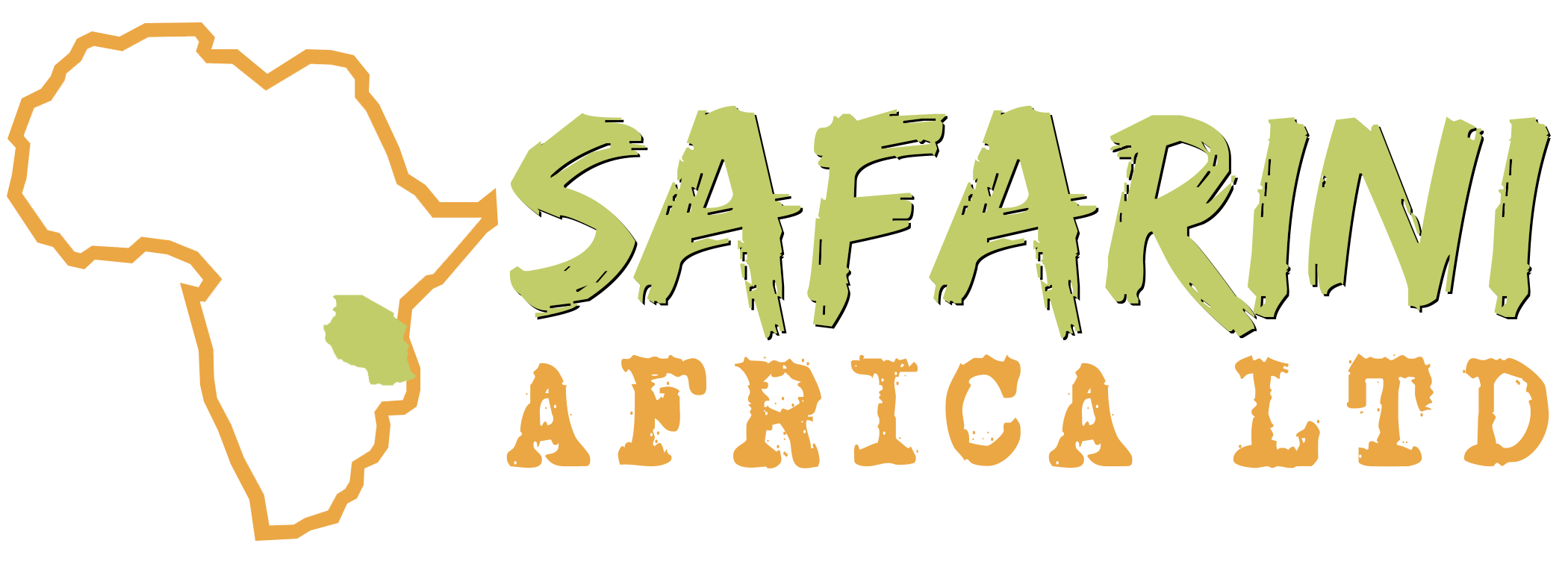Zanzibar Stone Town

Zanzibar Stone Town
Think of Zanzibar and images of romantic dhows with curved white sails, veiled women of mystery, ancient ruins and exotic spices floating before your eyes!
Zanzibar is known throughout the world as the jewel of the Indian Ocean and has a romantic, colorful history of seafarers and explorers, of riches and tragedy, and of the dark stain of slavery. Zanzibar has attracted Sumerians, Assyrians, Phoenicians, Chinese and Europeans.
Once in Zanzibar, a walk through the narrow, twisting streets of stone Town plunges you into the past. Many of the houses here are more than 150 years old and are constructed from the island’s coral stone. Built by Arab and Indian merchants in the 19th century, this is the only functioning historical city in East Africa.
Every year between 10,000 and 40,000 slaves were sold in Zanzibar. The Anglican Christ Church stands on the site of the old slave market; the altar occupies the spot where the whipping block used to be. A trip to the ruins and old buildings of Zanzibar is a voyage of discovery through time. The journey can take one from Stone Town’s narrow streets and coral-rag walls to tended gardens and lily-ponds overlooked by towering pillars which stand like sentinels of the past, guarding the hidden tombs of time gone by. Like sweat from the pores of a slave, the rains ooze history and mossy walls, and the echoes one hears within are not just of these tropical isles, but of desert land and ancient civilization far away in distance and time.
Apart from the ruins, visit the bustling market where anything and everything is for sale. Explore the House of Wonders with its intricate lattice wood-carving, a famous sight in Zanzibar.
The National Museum is an excellent place to learn more about the island. The popular spice tours involve a walk in the western and central regions of the island though plantations, private gardens and forests. There are more than 50 different spices and fruits, including cinnamon, pepper, pimentos, ginger, tamarind, coffee, ylang-ylang and sugar cane. Coconuts are another main produce of the island.

